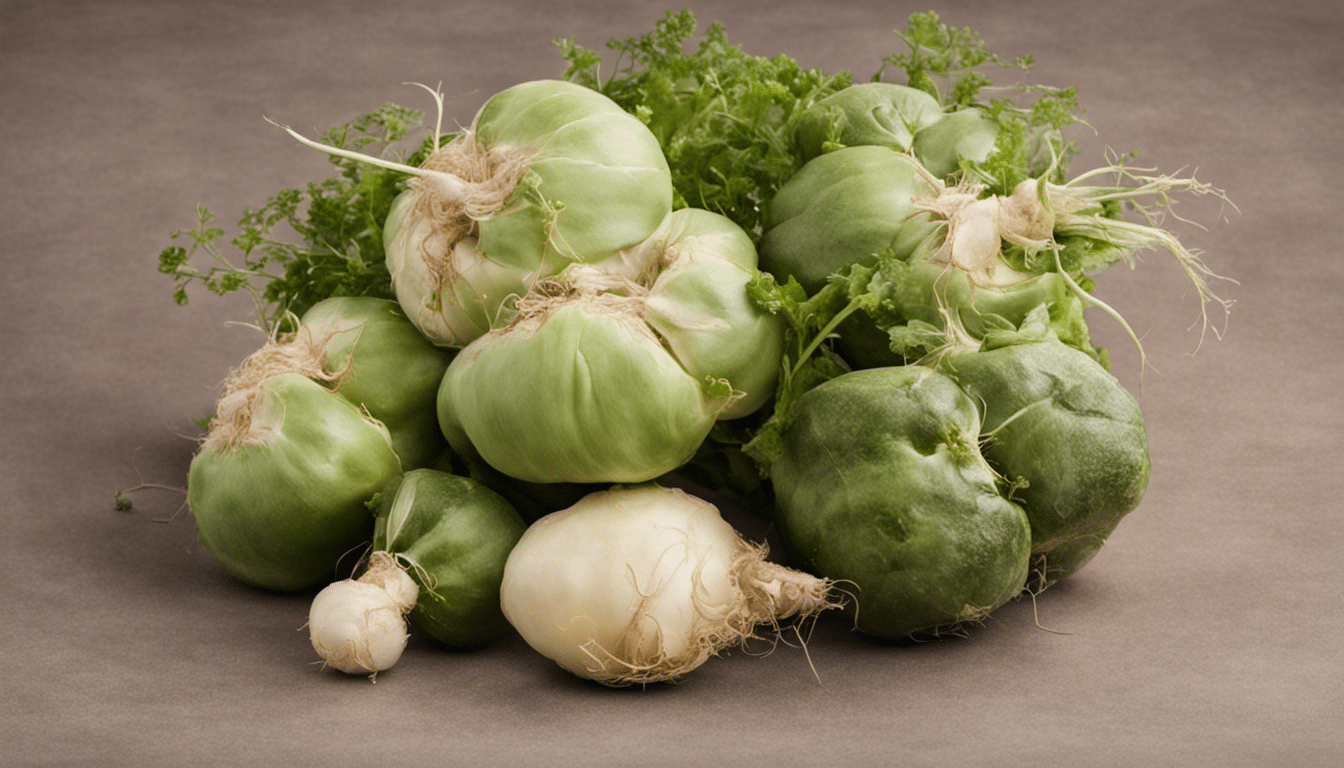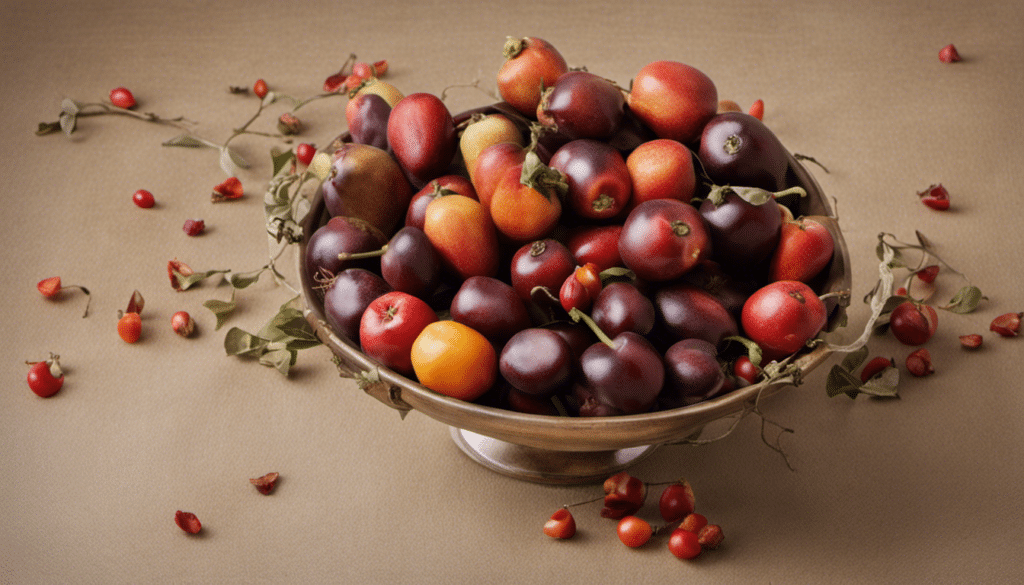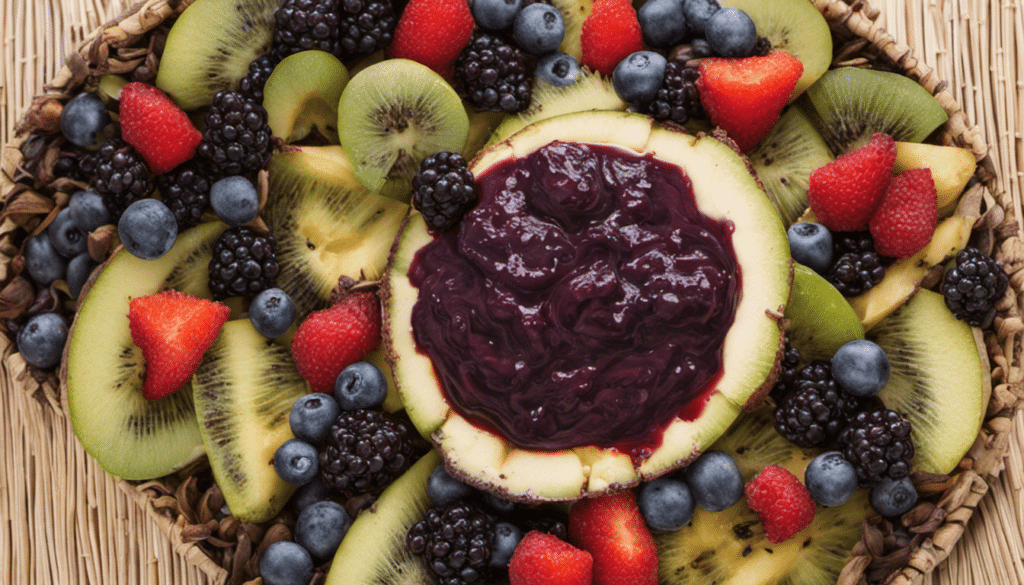All About Chayotes
If you are yearning for a novel addition to your culinary repertoire, look no further than the chayote, a fascinating and diverse vegetable that can take your dishes to the next level, as well as offering substantial health benefits.
Understanding Chayotes: A Brief Introduction
Also known as mirliton squash or vegetable pear, the chayote hails originally from Mexico. Its light green color, shape akin to a misshapen pear, crinkly skin, and a single, large, flat seed make it an intriguing addition to your kitchen. Don’t be dissuaded by its unusual appearance – its crisp texture and mild, zucchini-like flavor merits exploration.
Historically, chayotes have been integral to the culinary traditions of various cultures from Costa Rica to the Philippines. Whether it’s stir-fried, baked, boiled, or eaten raw, this unique vegetable promises an unexpectedly delicious experience. You can understand more about its general characteristics here.
Nutritional and Health Benefits of the Chayote
The versatile chayote is not just tasty, but remarkably nutrient-rich. According to SELF Nutrition Data, a single serving of chayote offers just 38.6 calories, yet it’s packed with important vitamins and minerals.
Chayotes are a solid source of fiber, which aids in digestion and promotes gut health. Additionally, they’re exceptionally high in vitamin C, a powerful antioxidant that shields the body from harmful free radicals and enhances immune function. The B-vitamin complex found in Chayotes, particularly folate (vitamin B9), is essential during the early stages of pregnancy and aids in the formation of red blood cells. Other significant minerals found include potassium, iron, manganese, copper, magnesium, and phosphorus.
Health-wise, the dietary fiber in chayotes has been found to stabilize blood sugar levels, helping to fend off diabetes. With its high water content, chayote may aid in weight control, giving a feeling of fullness whilst reducing the overall calorie count of a meal.
Cooking With Chayotes
Incorporating chayotes into your kitchen is a bright idea for a delicious and nutritious amendment to your meals. Unripe Chayotes are best used for salads, salsas, or pickles on account of their natural crispness. Alternatively, ripe ones can be steam-cooked, baked or mashed similarly to a potato.
Across the world, chayotes are used for varied recipes. In Costa Rican cuisine, for instance, it is commonly used for the traditional picadillo de chayote. It’s also a key ingredient in Filipino sauteed dishes like ginisang sayote.
Blending with the flavors of sweet and savory alike, the beauty of using chayotes in your meals is in its versatility and health benefits. So why not give it a try?
For a simple, beginner-friendly recipe, check out this stuffed chayote squash from AllRecipes.
Chayote Recipe Ideas
- Chayote Soup
- Grilled Chayote Squash
- Chayote Salad
- Stir-fried Chayote
- Steamed Chayote with Garlic Sauce
- Chayote Casserole
- Baked Chayote with Cheese
- Stuffed Chayotes
- Chayote and Tomato Salsa
- Chayote Pancakes




